Introduced by Hong Kong-based Muku Labs, Shuttr is, as its name implies, a tiny Bluetooth-connected remote shutter release that can be used with almost any iOS device, as well as many Android smartphones and tablets.
The brainchild of Muku's Kevin Leung, Shuttr claims to be the slimmest remote shutter release in the world, and AppleInsider was able to take an early look at the device before it goes into full production.
The way Shuttr works is quite crafty. Basically, the small fob is a miniature keyboard with one button mapped to the same command as the "volume up" button on an iOS device.
Since iOS 5, Apple's native camera app has allowed users to take pictures by depressing the volume up hardware button instead of going through the on-screen user interface. This means Shuttr, unlike other remotes, can control an iPhone without downloading a special app. Third-party apps like Camera+, which was actually first to bring volume button shutter control to the iPhone, also work with Shuttr.
Leveraging energy-sipping Bluetooth 3.0, pairing is straightforward, with the device being discoverable when first turned on. As with other Bluetooth devices, after the initial pairing, users turn Shuttr on and press the button to reconnect with their smartphone. A single LED shows pairing status, with a blinking light conveying that the remote is discoverable, and solid meaning it is successfully paired.
Range is as expected, with signal dropouts seen at the edge of an advertised 30-foot radius. Shutter response time is expectedly quick and can be used for quick bursts if needed.
While operation was reliable, Shuttr lacks any sort of confirmation that a picture was successfully taken. When taking a snapshot using the iPhone's front-facing camera, users can see the on-screen shutter animation, but the screen obviously can't be seen when using the higher resolution rear-facing module. This posed no problem when taking shots near the iPhone, as the mechanical "click-whirr" sound effect is audible, but it was nearly impossible to distinguish a successful snap at distance.
As with other remote control options, autofocus is left to the iPhone. Users should properly frame a scene prior to snapping a shot, making sure no foreign objects are situated between the lens and the subject.
Build quality is good, with the unit being quite sturdy despite its extremely thin design. Parts fit together nicely, with minimal gaps and almost no flex, while the plastic construction is lightweight and sports a matte finish to resist against scratches.
Controls are minimal with a large central shutter activation button and two switches embedded the remote's periphery, one for power and another to toggle between iOS and Android modes. The main button is concave, has an adequate travel depth, and activates with a nice sounding click.
We had a small issue with the the power switch. With a small raised nodule and little sliding resistance, we inadvertently turned Shuttr on more than once while carrying it in our pocket. The iOS/Android switch has the same level of friction, but is designed to be flush with the remote's side wall, making it difficult to accidentally engage.
Shuttr is up for pre-order on Kickstarter for $29 in black or white, and comes with the rubber suction cup stand. The project's $10,000 funding goal was reached in three days, meaning backers should receive their orders between September and November, depending on pledge level and barring unforeseen production delays.
 Mikey Campbell
Mikey Campbell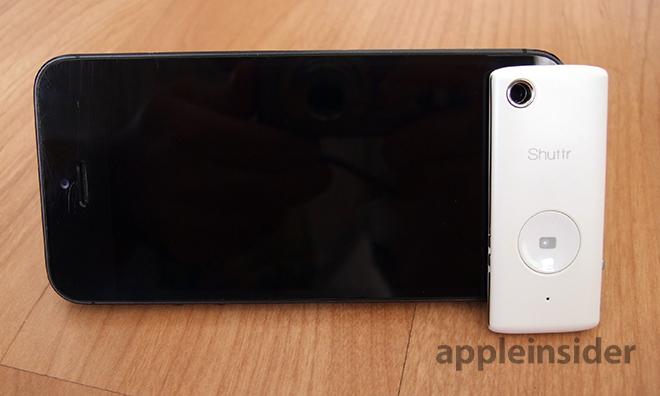
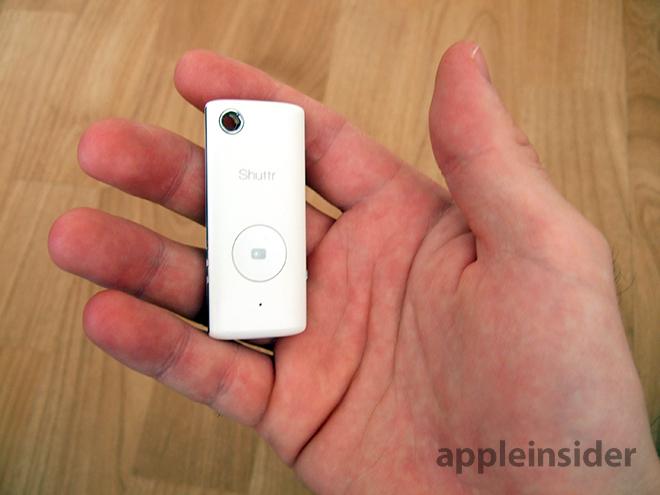
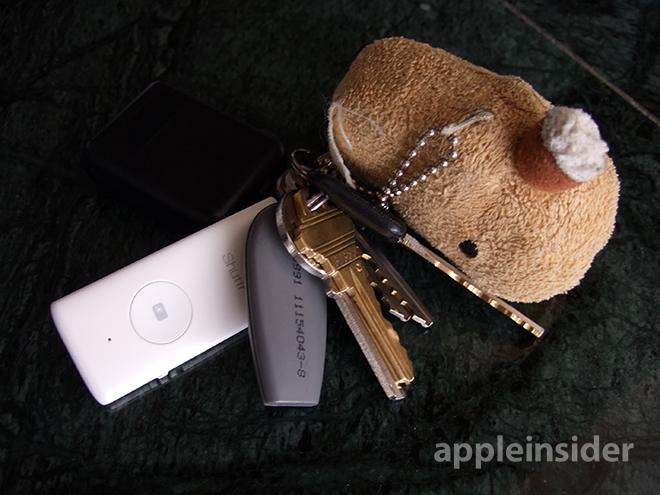


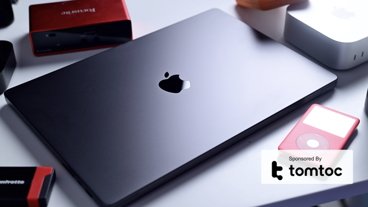












 Stephen Silver
Stephen Silver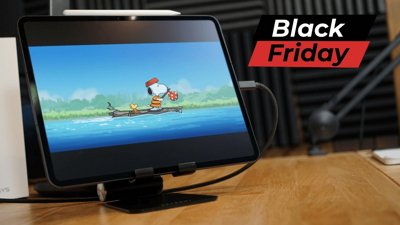
 Christine McKee
Christine McKee
 Charles Martin
Charles Martin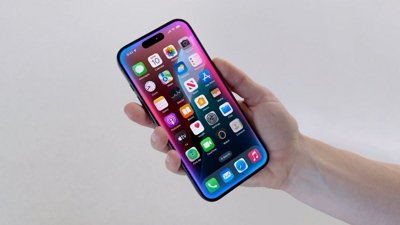
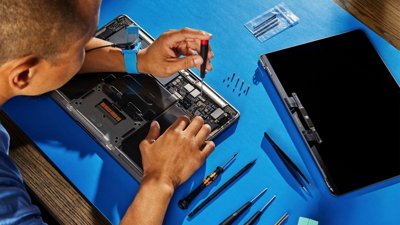

 Amber Neely
Amber Neely



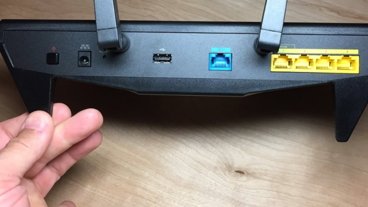






10 Comments
They shouldn't have sold it in colours. They should have spent that time and effort finding out ways to get the size down more.
What's the spongy thing in the third picture? A stuffed animal? And if so, why?
I'm so sick of dropped vowels.
Seems like a lot of fuss over a function that can be somewhat duplicated by any camera app with a timer. Or how about if Apple programs Siri to respond to a voice command to "shoot."
looks awesome, but expected it to be smaller especially for something that only does one thing.